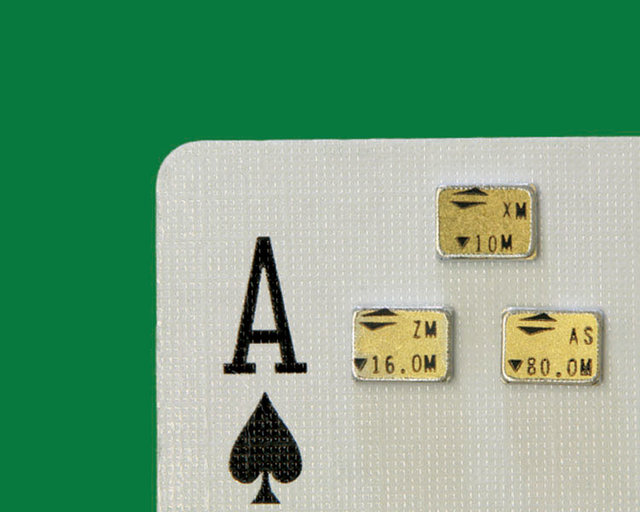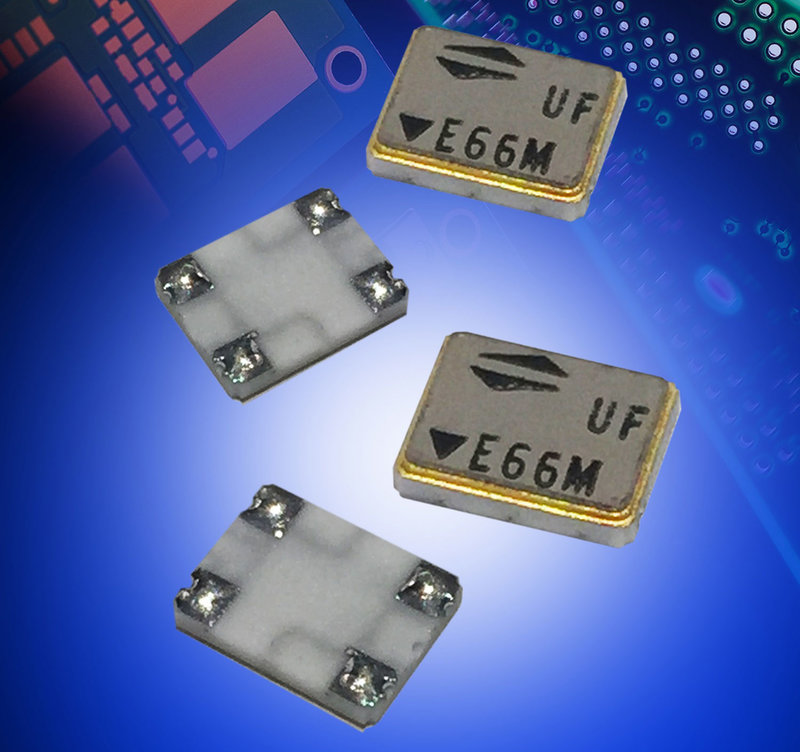COMPANY
INSIGHT
Quartz Crystals and Oscillators for Medical Applications
As with military and aerospace products, there are several grades of product for Medical applications depending on the end usage.
For example, the highest grade with the strictest test and cleanliness regimes are required for implantable devices such as pacemakers etc.
Whereas a general medical instrument can use a good quality industrial oscillator or crystal similar to C.O.T’s applications.
Euroquartz Ltd have been involved in many medical applications and have worked closely with the world leading crystal and oscillator manufacturer Statek Inc who are leaders in this field.
Implantable devices
If we consider invasive products such as implantable devices ; pacemakers, neural stimulators, smart pills etc, then package size becomes critical and ultra-miniature ceramic packages are required.
There are many specification attributes required that are not immediately obvious, these would include being non-magnetic, guaranteed hermeticity, guaranteed aging characteristics, and for oscillator product fast start-up times combined with very low power consumption.
The package sizes for Medical products range from the smallest crystal at 1.6 x 1.0mm to the largest at 3.2 x 2.5mm.
Remote patient monitoring is no longer science fiction but a reality, traditionally the technology used was an inductive pick up communications link.
Using the conventional inductive link method of providing communication between a programmer/ controller (outside the body) and the implanted device has severe limitations. For instance the maximum separation between the two inductive coils, one inside the body and the other outside the body, must not exceed a distance of 6 cm, meaning that the coil outside the body has to be kept in close proximity with the body.
The other major disadvantage is that the rate of data transfer was incredibly slow, you could liken it to a dial up internet connection compared with high speed broadband.
Millions of people suffer from chronic diseases such as heart conditions, pain, diabetes, and hypertension.
Early diagnosis is vital in order for doctors to provide the necessary medical treatment for patient’s Active implant devices with wireless capabilities can be used to diagnose and raise alerts to support human life.
This is where medical implant communication systems (MIC’S ) come into their own and in 1999 international protocols were agreed and a frequency band of 402-405 MHz were set aside.
This frequency band is ideal for implant applications as the signal propagation characteristics of the human body coincides with it.
Protocols were agreed to minimize interference and ensure safe coexistence of multiple MICS devices, hence the MICS band is broken into 300 kHz wide channels.
These protocols specify that devices must "listen" for other devices before transmitting, if interference is encountered, the radio switches channels and listens again.
This is termed as adaptive frequency agility and allows for safe data transmission free from interference.
The quartz crystals required for MIC’S have to offer good reliability, be ultra-miniature in size and optimised for wireless RF transceiver operation using Bluetooth Low Energy (BLE) or Medical Implant Communication Service (MICS) specifications.
It is important that the crystals exhibit very good aging characteristics, as significant frequency changes or current consumption increases could have serious consequences for the system integrity.
The crystal manufacturer must have the capability for Particle Impact Noise Detection (PIND) testing, acoustic interference testing and X-Ray capability.
The screening required for crystals used in implants is quite onerous, as the potential for litigation in the event of failure for the equipment manufacturers themselves could be catastrophic.
Clearly any remote monitoring system needs to be accurate and reliable, therefore signal integrity becomes critical. Factors such as Phase Noise and Phase Jitter become a major issue, if these are poor then the signal integrity could be compromised.

Phase Noise can be defined as the noise arising from the short-term phase fluctuations that occur in a signal. The fluctuations manifest themselves as sidebands which appear as a noise spectrum spreading out either side of the signal.
Phase Jitter can be defined as the deviations in a signal output transition from their ideal positions, this deviation can either be leading or lagging the ideal position.
Phase Noise can be generated within a circuit, these noise Sources may be:-
a) The noise profile of active components such as transistor, IC’s, voltage regulators etc
b) Thermal noise in passive components
c) Flicker noise in active components, sometimes called pink noise.
d) Poor system “Q” may also contribute to the problem
Jitter measurements can generally be classified into three categories:
Cycle-to-Cycle jitter
Cycle-to-cycle jitter is the change in a signal output transition from its corresponding position in the previous cycle.
Period jitter
This is the maximum change in a signal output transition from its ideal position.
Long-Term jitter.
This is an aging characteristic of a system where jitter elements develop with time.
The benefits to patients are; better targeted access to healthcare, an improvement in the quality of care, daily peace of mind and reassurance.

Applied Harmonics:
This rapidly growing area of technology continues to develop with more component and system improvements are expected to be released in a very short period of time.
